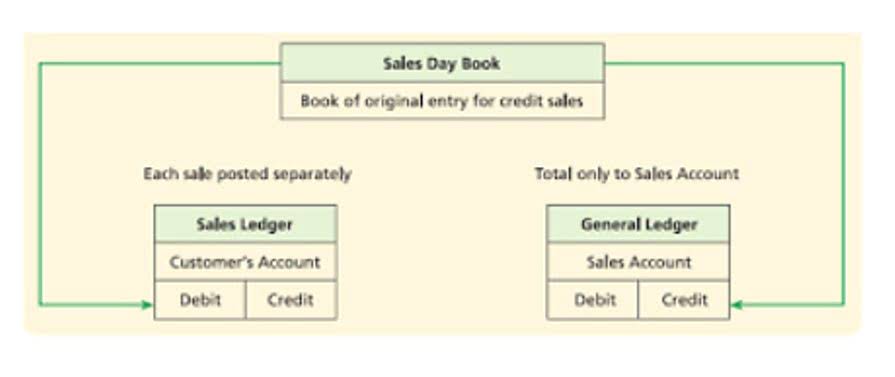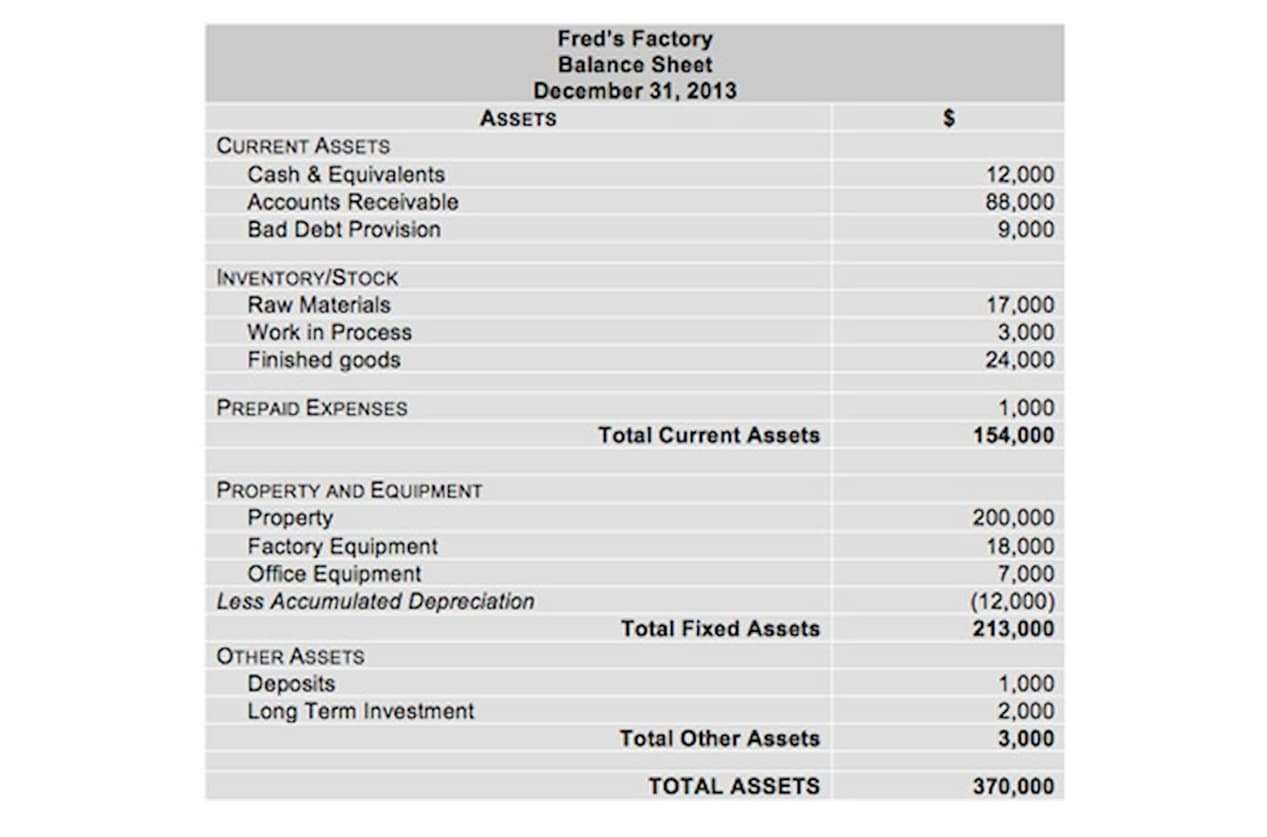Content
- How to calculate and account for bad debt expense
- Global E-Invoicing and Payment Software
- Significance of Bad Debt Expense
- Generally Accepted Accounting Principles
- How To Estimate Bad Debt Expense When Using the Allowance Method (examples included)
- Ageing of accounts receivable formula example
- What Are Examples of Bad Debt Expense?

Using the percentage of sales method, they estimated that 1% of their credit sales would be uncollectible. The reason why this contra account is important is that it exerts no effect on the income statement accounts. It means, under this method, bad debt expense does not necessarily serve as a direct loss that goes against revenues.
If bad debt protection does not fit a company’s needs, there are alternatives. The best alternative to bad debt protection is trade credit insurance, which provides coverage for customer nonpayment in a wide range of circumstances. The desired $6,000 ending credit balance in the Allowance for Doubtful Accounts serves as a “target” in making the adjustment. The result from your calculation in the percentage of receivables method is your company’s ending AFDA balance for the end of the period.
How to calculate and account for bad debt expense
Another company that was growing rapidly, Johnstone Supply, grew concerned about its exposure to potential bad debt expense as its customer base expanded. In the past, the company knew all of its customers either personally or by reputation. However, as it grew, the company recognized that it could not eliminate the risk of bad debt expense entirely. It had so many new customers coming on board that it had to evaluate their creditworthiness via third party data and information that did not always provide an accurate picture of a customer’s financial state. Johnstone Supply ultimately decided to purchase credit insurance to reduce its exposure to bad debt expense. Cash flow is the lifeblood of any business so anything that reduces cash flow could jeopardize business success or even its survival.

The allowance for doubtful accounts resides on the balance sheet as a contra asset. Meanwhile, any bad debts that are directly written off reduce the accounts receivable balance on the balance sheet. In general, the longer an account balance is overdue, the less likely the debt is to be paid. Therefore, many companies maintain https://simple-accounting.org/10-companies-that-hire-for-remote-bookkeeping-jobs/ an accounts receivable aging schedule, which categorizes each customer’s credit purchases by the length of time they have been outstanding. Each category’s overall balance is multiplied by an estimated percentage of uncollectibility for that category, and the total of all such calculations serves as the estimate of bad debts.
Global E-Invoicing and Payment Software
If you have $50,000 of credit sales in January, on January 30th you might record an adjusting entry to your Allowance for Bad Debts account for $3,335. If you don’t have a lot of bad debts, you’ll probably write them off on a case-by-case basis, once it becomes clear that a customer can’t or won’t pay. Now let’s imagine that sometime later, a client tells you they won’t be able to pay the $2,000 they owe you.
- To do this, increase your bad debts expense by debiting your Bad Debts Expense account.
- Bad Debt Expense increases (debit), and Allowance for Doubtful Accounts increases (credit) for $48,727.50 ($324,850 × 15%).
- Businesses are now writing off an average of £16,641 as unrecoverable yearly.
- At the end of an accounting period, the Allowance for Doubtful Accounts reduces the Accounts Receivable to produce Net Accounts Receivable.
- In order to do that, you have to be able to demonstrate you’ve taken reasonable steps to collect the debt.
One of the best ways to manage bad debt expense is to use this metric to monitor accounts receivable for current and potential bad debt overall and within each customer account. By setting certain thresholds for current and potential bad debt, a company can take action to manage and prevent bad debt expense before it gets out of hand. Bad debt expense also helps companies identify which customers default on payments more often than others. On March 31, 2017, Corporate Finance Institute reported net credit sales of $1,000,000.
Significance of Bad Debt Expense
The percentage of sales formula involves taking your current bad debt expenses and dividing it by your total net sales, from which you get a ratio that can be used to estimate future bad debt losses. Bad debt represents a genuine material threat to the liquidity of your business. The Intuit Bookkeeping Expert Careers Remote Bookkeeping Jobs Quickbooks Live allowance for bad debt reserve is a contra-asset that is recorded in the asset section of the balance sheet. The company must roll forward the reserve each year to make sure the reserve is adequate. To increase the reserve, the company would record additional bad debt expense.
The balance sheet aging of receivables method is more complicated than the other two methods, but it tends to produce more accurate results. When reporting bad debts expenses, a company can use the direct write-off method or the allowance method. The direct write-off method reports the bad debt on an organization’s income statement when the non-paying customer’s account is actually written off, sometimes months after the credit transaction took place. Company accountants then create an entry debiting bad debts expense and crediting accounts receivable.